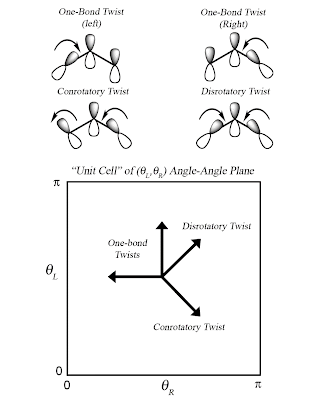Thinking through what to include in the PHYS3170 Intermediate Biophysics reading course it is good to reflect on what do we really want the students to learn. Here, off the top of my head, are some of the important ideas in biophysics that I have learned from scratch the past 5 years.
* Structure determines property which determines function

* Function is often about transduction (e.g., conversion of energy) and optimisation of efficiency, speed, and selectivity.
* Water is an amazingly unique substance.
* The hydrophobic interaction has a big effect on how proteins fold and the emergence of other biomolecular structures. (A dry protein is a dead protein!)
* The hierarchy of energy, time, and length scales.
* Both excitonic and vibrational energy transfer occurs via resonant energy transfer.
* Hush-Marcus theory describes electron transfer in proteins and elucidates the role of the environment.
* The size of kBT sets the scale for many phenomena.

* Entropy and Gibbs free energy (the chemical potential) are key concepts.
* Entropy describes elasticity of DNA, the hydrophobic interaction, and concentration gradients producing electrochemical potential differences.
* Transition metals play a key role in many biomolecular functionalities.
* The interplay of Emergence and reductionism associated with the hierarchy of energy, time, and length scales.
* What details matter? Physicists say none, chemists, most, and biologists all!
* Biochemistry is the search for the chemistry that works.
* Enzymes work by lowering the energy of the transition state over which the reaction proceeds.
* Biomimetics: understanding the underlying physical principles behind specific biomolecular functionalities (e.g., conversion of light energy to chemical energy) may allow us to design synthetic analogues which have optimum efficiency.
* Skepticism I. Heed Kauzmann's maxim: people will tend to believe what they want to believe rather than what the evidence before them suggests they should believe.
* Skepticism II: just because someone can do a simulation on a computer that looks what you expect to see does not mean:
1. the simulation is reliable, reproducible, and correct
2. you actually understand the phenomenon that is being simulated.
* More skepticism: von Neumann on wagging the elephants trunk.
* Biological physics vs. Biophysics vs. Biologists using tools that physicists invented



























